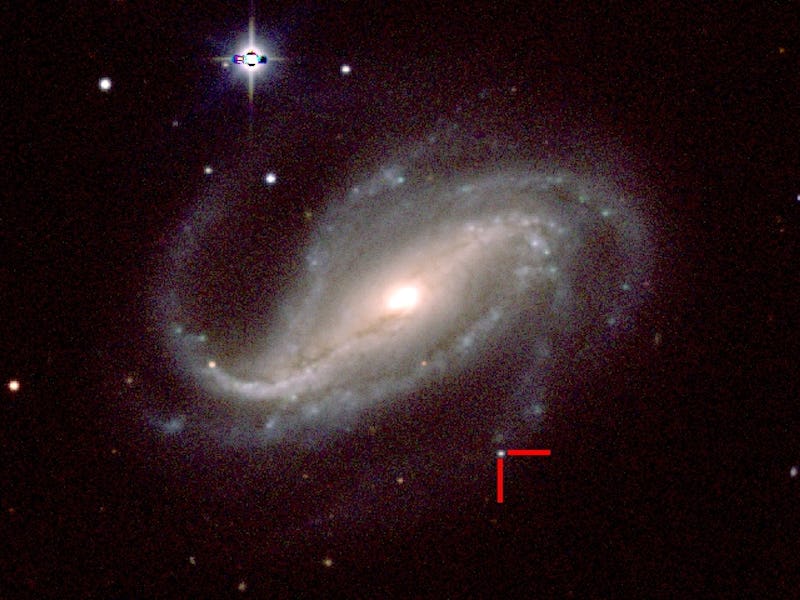Scientists recreate origin of the universe in a lab
Think of it as a "Little Bang."

When stars die they leave behind an explosive legacy known as a supernova that often outshines its host galaxy. And one such explosion may have resulted in the creation of the universe.
This explosion would have had to have been massive, the biggest one experienced in the lifetime of the universe thus far (since no other universe has been created since). However, using a 2 X 2-inch tube in a lab at the University of Central Florida (UCF), scientists have recreated the detonation that likely caused the Big Bang and birthed the universe as we know it.
The ‘Little Bang’ occurred by accident.
Kareem Ahmed, an assistant professor in UCF’s Department of Mechanical and Aerospace Engineering was initially testing out propulsion for engines to enable air and space travel vehicles to go at hypersonic speeds. As part of his experiments, he was also testing out extremely active flames.
The team behind the recent study test out the mini-detonation in their lab at UCF.
“As we started to dig deeper into it, we discovered that you could actually achieve this mechanism between a passive flame to a flame that becomes very active,” Ahmed tells Inverse. “It reaches a point that introduces a detonation that is essentially a supernova.”
The death of stars with a mass 10 to 100 times larger than that of the sun create a supernova explosion. In a galaxy like our own Milky Way, a supernova explosion takes place every 50 years or so.
But how these explosions ignite in the first place has remained a mystery. During its death, a star will start burning, consuming oxygen and carbon, before going through an acceleration process and a transition mode that ends in a strong detonation.
“How do the flames spontaneously accelerate and transition into a detonation?” Ahmed says. “We know that detonations exist, the question was; there was always this missing link of how does it abruptly go from this mode to this mode.”
While most of the mechanisms that are being used to explain the Big Bang assume a pre-existing detonation or shock, the mechanism that Ahmed’s team explored, takes a passive flame, like that of a candle, and turns it into an energetic flame.
“When we started to notice that flames could self-accelerate, we had to develop this unique facility to explore that,” Ahmed says.
The facility was in the form of a 2 X 2-inch shock tube that induces turbulence and lets the passive flame interact with the turbulence until it self-drives itself to a detonation. It becomes like a very powerful shotgun, according to Ahmed. The findings were published Thursday in the journal Science.
While the lab explosion is on a much smaller scale than the one that birthed the universe, the same theory can be applied on a large scale.
"The very first candlelight that leads to the Big Bang.
By tracing the mechanisms behind that first explosion, scientists can get a better understanding of the age of the universe.
“Now you use that history to trace back that main explosion,” says Ahmed. “Knowing even deeper, beyond the point of that explosion, how did that explosion come about, you go back to the main simple candle origin of that explosion.”
The results also have some pretty handy applications here on Earth. The same mechanism could help develop more efficient, hypersonic speed engines for space or aircrafts.
“You’re harnessing that energy of knowing how,” says Ahmed. “Take that same theory and put it in an engine.”